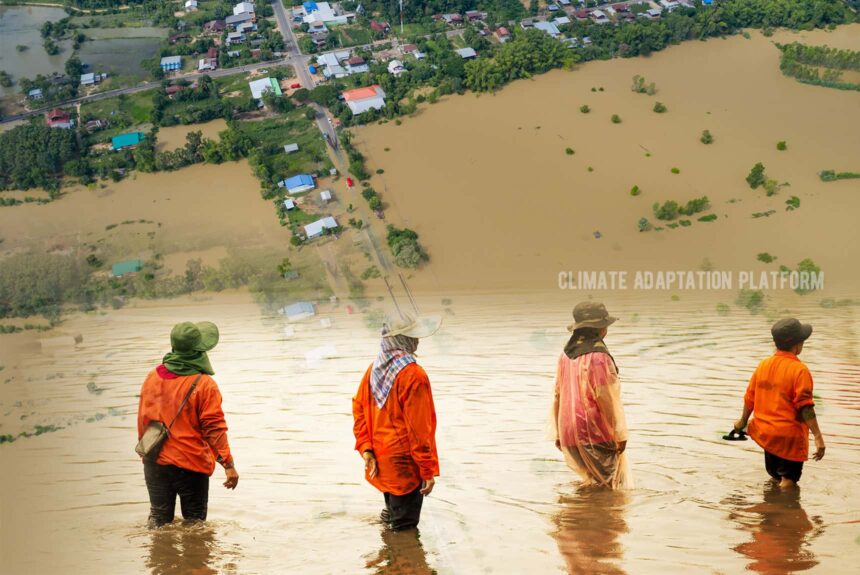The Philippines is a highly populous country and ranked third in the world in its vulnerability to natural hazards. The country is prone to hydrometeorological; flooding accounts for 80% of its natural hazard events bringing significant losses and damages that can lower its GDP.
Despite the increasing frequency and intensity of extreme natural events due to climate change, the country’s investment in addressing these threats through improving and expanding resilient infrastructure remains inadequate.
Along with the country’s high vulnerability to natural events and disasters, it is experiencing rapid urbanization, socio-economic inequality, and many health issues.
The report, “Understanding the Flood Resilience of Rural Communities in Mangatarem, Pangasinan”, presents the work of the community flood resilience program of the Philippine Red Cross and IFRC that is implemented as part of the Zurich Flood Resilience Alliance.
It introduces the Alliance’s unique resilience measurement approach – the Flood Resilience Measurement for Communities (FRMC) – and presents the key results and insights gained from the FRMC implementation in the program communities in Mangatarem, Pangasinan. The six program communities are located along the Agno River and its tributaries, prone to riverine flooding during excessive rainfall and strong typhoons.
The community flood resilience program, the Flood Resilience Alliance Philippine Project, is being incorporated into the wider Philippine Red Cross (PRC) community and school-based disaster reduction program to help communities increase their awareness of hazard and risk exposure, improve disaster preparedness, reduce disaster risk, and improve the PRCs capacity in implementing community resilience programs, along with cross-cutting issues such as climate adaptation.
Using the Flood Resilience Measurement for Communities (FRMC), the program looks at how communities can reduce flood risk, prepare for floods, respond to floods when they occur, recover from them, and reduce future flood risks.
The FRMC uses 44 indicators called ‘sources of resilience’ to understand a community’s location-specific flood risk: hazard, exposure, and vulnerability. When all information is gathered, each source of resilience is given a score.
The process can help communities understand its strength and weaknesses and provide opportunities to identify actions that can increase the Philippine rural communities’ flood resilience.
Click the link to read the report:



Leave a Reply